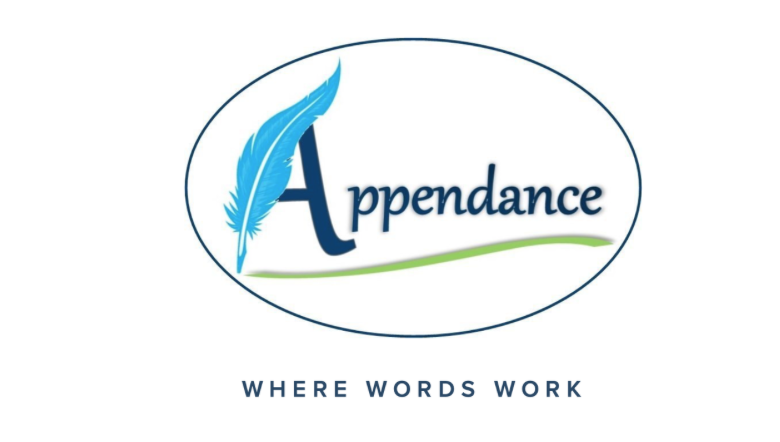Slide decks come in two major types: those meant to accompany you talking and those meant to be read. The rules are different for these two types because one is supporting material and the other is center stage.
What they have in common is image and color. Slide decks allow for visuals in a way that reports, memos, letters, and emails don’t. The slide is meant to be seen rather than read. We expect a slide to have more color than black and white. We expect the text to be accompanied by images. We appreciate colorful headings, highlighted words, background colors, and other design elements that are typically not part of other written formats.
Read More